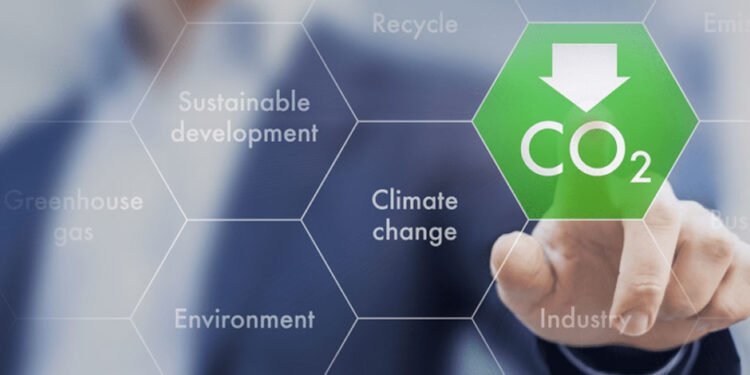You know your business contributes to the climate challenge, and you probably want to do your part to tackle it. Not only is reducing your environmental impact the right thing to do for the planet, but it also makes smart business sense. Consumers increasingly demand transparency and sustainable practices, and embracing them gives you a competitive edge.
Understanding and managing your environmental footprint is essential for long-term resilience and success. Taking concrete steps to lower your emissions will protect your bottom line, attract talent and secure your place in an ever-changing market.
Measure and map your emissions
Before you can reduce your emissions, you must know where they come from. You should quantify the greenhouse gases your operations produce across all three scopes:
- Scope 1 – Direct emissions like burning fuel on-site.
- Scope 2 – Indirect emissions from purchased electricity and heat.
- Scope 3 – All other indirect emissions in your value chain, like business travel or the goods you purchase.
Hire a specialist consultant or use established carbon footprint calculators to conduct a thorough audit. This mapping process creates a baseline against which you can measure your future progress, allowing you to focus your efforts on the areas where you have the largest impact.
Set targets, policies and embed accountability
Once you understand your current impact, you need to establish clear, ambitious targets for reduction. You should develop a comprehensive sustainability policy that outlines your commitment and the steps you will take.
Crucially, embed accountability across your organisation. Make specific individuals or departments responsible for achieving different aspects of the reduction plan, perhaps linking these targets to performance reviews.
Ensure you communicate these goals and policies clearly to all employees, encouraging everyone to play an active role.
Improve energy systems and building operations
Focus on minimising the energy your buildings consume.
Start with simple measures. Switch to energy-efficient LED lighting and ensure you install smart meters to monitor usage in real-time. You should also review your heating and cooling systems. A significant reduction comes from investing in technologies like low-carbon heating systems.
In addition, you can investigate opportunities for installing on-site renewable energy generation, such as solar panels on your roof, to directly power your operations with clean electricity. Make sure you regularly maintain all equipment to maximise its efficiency and lifespan.
Travel, logistics, procurement & supply-chain decarbonisation
You should rethink how your employees and goods move around.
For business travel, mandate the use of virtual meetings where possible, and when travel is necessary, encourage employees to use public transport or electric vehicles. For logistics, assess your delivery routes to find efficiencies and explore switching your fleet to electric or hydrogen power.
Finally, look closely at your supply chain. Engage with your suppliers to understand their environmental performance and work with them to lower their emissions, perhaps by jointly developing sustainable procurement criteria or favouring suppliers who use renewable energy.









